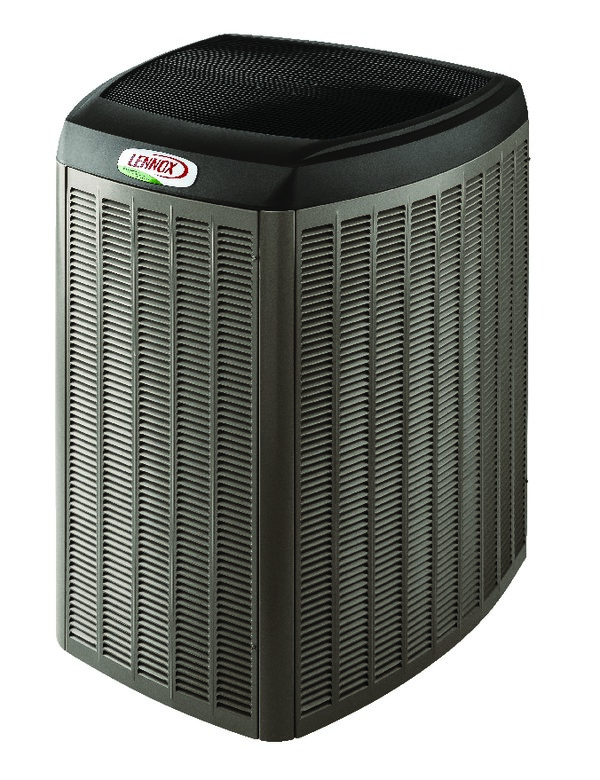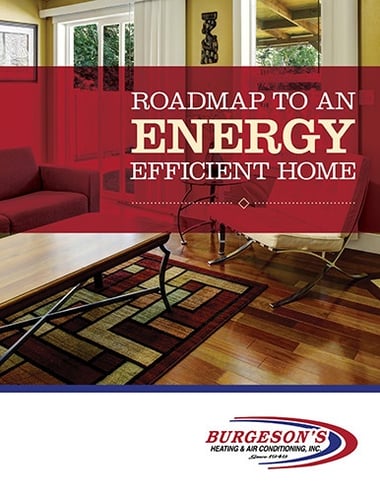UNDERSTANDING YOUR ENERGY EFFICIENCY RATIO
When shopping for a new air conditioning system, many homeowners in Southern California focus on brand, size, and price—but one of the most important (and misunderstood) factors is the energy efficiency ratio (EER). Understanding this metric can help you choose a more efficient system, reduce your cooling costs, and make a smarter long-term investment.
In this blog, we’ll break down:
- What Is EER (Energy Efficiency Ratio)?
- Why EER Matters
- EER vs. SEER: What’s the Difference?
- What Is a Good EER Rating?
- How EER Affects Your Cooling Costs
- Additional Factors That Impact Efficiency
- Choosing the Right AC System for Your Home
WHAT IS EER (ENERGY EFFICIENCY RATIO)?
The Energy Efficiency Ratio (EER) is a measurement that tells you how efficiently an air conditioning system can cool your home. Specifically, it measures how much cooling output you get (in BTUs) for every watt of electricity the system consumes.
Energy Efficiency Ratio Calculation:
EER = Cooling Output (BTUs) ÷ Power Input (Watts)
For example, an AC system with a cooling capacity of 12,000 BTUs that uses 1,000 watts would have an EER of 12.
A higher EER means the system is more energy efficient—it delivers more cooling for less electricity. Understanding what is the energy efficiency ratio can help you identify better-performing models and save money on energy bills.
WHY EER MATTERS
Knowing the energy efficiency ratio of a system helps homeowners make informed decisions when comparing air conditioning systems.
Key benefits of a higher EER rating:
1. Lower energy bills: Efficient systems use less electricity to cool your home.
2. Smarter comparisons: EER provides a universal standard to evaluate different HVAC system models.
3. Incentives and rebates: Some high-EER systems may qualify for rebates through programs like ENERGY STAR® or local utility incentives.
In hot, sunny climates like Southern California—where AC use is almost year-round - choosing a system with a strong EER rating can lead to significant savings.
EER vs. SEER: What’s the Difference?
You may also see a Seasonal Energy Efficiency Ratio (SEER) on air conditioners. While SEER and EER both measure efficiency, they do so in different ways.
- EER measures efficiency at a specific outdoor temperature (usually 95°F)
- SEER measures efficiency across a full cooling season, accounting for varying temperatures
When should you pay attention to each?
- Use EER to understand how your system will perform during peak heat conditions (like mid-summer in Southern California).
- Use SEER for a broader picture of seasonal performance.
Knowing both gives you a complete view of your system's energy efficiency in different conditions.
What Is a Good EER Rating?
So, what qualifies as a “good” EER rating?
- A rating of 12 or higher is generally considered efficient for residential systems.
- Units that earn the ENERGY STAR® label typically have EERs of 12.5 or more for central AC systems.
When comparing options, the higher the EER, the more cost-effective and environmentally friendly the system will be—especially over time.
HOW EER AFFECTS YOUR COOLING COSTS?
To see the real impact of EER, let’s compare two hypothetical units:
|
HVAC System |
EER Rating |
Estimated Monthly Energy Use |
Monthly Cost (at $0.30/kWh) |
|
System A |
9.0 |
1,333 kWh |
$400 |
|
System B |
12.0 |
1,000 kWh |
$300 |
In this example, system B saves you $100/month just by being more efficient. Over a 10-year lifespan, that adds up to $12,000 in savings—a clear example of why understanding the energy efficiency ratio is so important.
Additional Factors That Impact Efficiency
While EER is an important metric, other factors also affect how well your HVAC performs:
INSTALLATION QUALITY
Improper installation can lower your system’s efficiency by up to 30%.
HOME INSULATION
Poor insulation makes your home harder to heat or cool, increasing energy usage.
DUCTWORK
Leaks or blockages in ductwork can reduce airflow and system efficiency.
REGULAR MAINTENANCE
Dirty filters, coils, and components can strain your system and reduce its EER performance.
Choosing the Right HVAC System for Your Home
When evaluating HVAC systems, don’t just look at the price tag—consider EER, SEER, and how the system fits your home’s unique needs.
Tips:
1. Ask your HVAC contractor to perform a Manual J load calculation to properly size your system.
2. Factor in local climate, usage habits, and any rebate programs you may be eligible for.
3. Work with professionals who understand how EER ratings impact real-world performance.
Need Help Choosing an Efficient AC System?
At Burgeson’s, we’ve been helping Inland Empire homeowners stay cool and save energy for over 76 years. If you're comparing systems or wondering what is the energy efficiency ratio that’s right for your home, we’ll help you evaluate your options with honest, expert guidance.
Call 909-792-2222 or request a free in-home estimate today!













